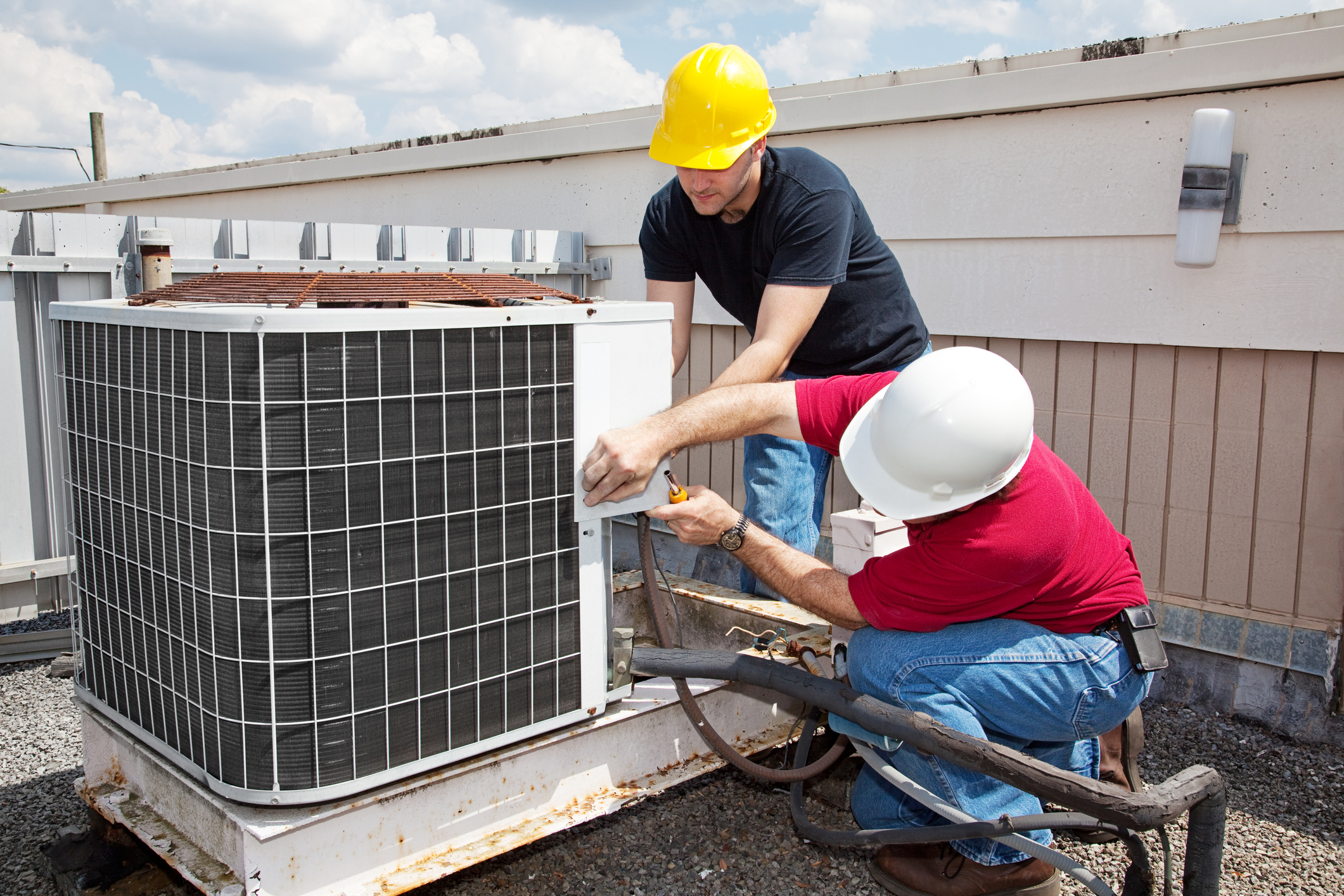Nobody enjoys spending money when they don’t have to, but hotels do just that all the time. When a packaged terminal air conditioner or heating, ventilation and air conditioning system component breaks on property, leadership turns to engineering to find out if the device in question can be salvaged or if a new purchase is necessary, and these can be expensive decisions to get wrong.
Jeff Tucker, director of retrofit solutions at The Climate Control Group, recommends inspecting engineering’s maintenance logs when considering buying a property to see how seriously they take maintenance—and to find out if you are also buying a fleet of PTACs that is ready to give out.
“If someone keeps good track of [maintenance logs] then you know they are doing maintenance on a regular basis and have a good understanding of it,” Tucker said. “You also want to be sure existing equipment hasn’t been repaired with Band-Aids; on-property staff need to be performing the correct process.”
Douglas Mackemer, national director-parts, supplies & specialized equipment at Carrier Enterprise, said that in most cases a unit is worth fixing unless it is particularly aged. But while air pressure, electrical consumption and squeaky bearings can all be modified or fixed by a qualified technician, some advancements in modern appliances are worth reaching into your pocket for.
“Older machines used oil motors, but modern devices have sealed bearings, and with the life of the motor taken into account you never have to oil them,” Mackemer said. “Advancements on the performance and efficiency side of the business also shouldn’t be ignored.”

Sabby Sabharwal, product manager, applied products at Friedrich, said modern devices also come with extra features such as painted base pans and plates made from stainless steel, which will prevent rusty water streaks on the side of your property as the machines run.
“These are minute details that can extend the life of a device greatly,” Sabharwal said. “By investing in those, a lot of your maintenance issues can be handled easier.”
According to Tucker, the biggest threat to a device’s life once it has been repaired is an engineering department willing to mix and match parts. Tucker said this is acceptable in some cases when a proxy part meets the exact same specifications as a regulation part, but walking this line can be dangerous.
“If you have a fan coil unit that isn’t designed for a given HVAC, but it fits, you better be sure all of its specifications match,” he said. “If it has a different RPM on it, now you are either pulling in too much air, which can cause moisture carryover for your coil, trapping water in the air stream and damaging the insulation inside the unit, or it’s too slow, delivering air that is too cold and depositing condensation throughout the interior. It develops ancillary issues."
